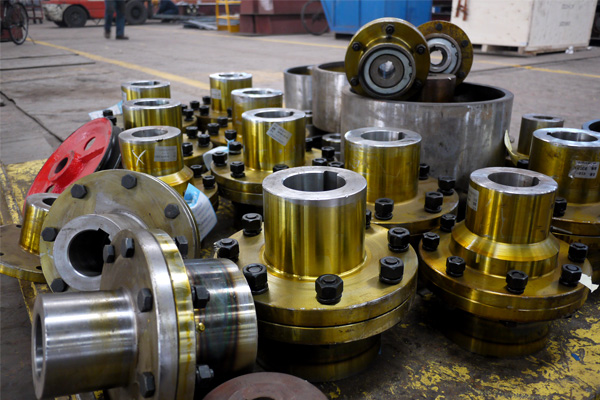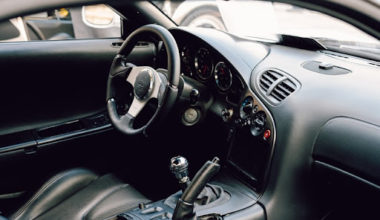Discover the intriguing realm of industrial machine elements. This blog thoroughly explains typical machine components and their importance in many industries.
Cranes
Cranes can lift and transport big objects, machinery, supplies, and merchandise for many applications. They are employed in various industrial processes, including material loading, shipbuilding, manufacturing, and construction. Cranes are frequently seen along skylines since they are used when constructing the skyscrapers we frequently see in our cities nowadays.
Even while cranes come in a wide variety of weight capabilities, styles, and uses, the construction sector often uses a handful of them:
- Mobile cranes: Roofing and general construction are two common uses for mobile cranes. Compared to a tower crane, they are less permanent yet still have sufficient capacity to move equipment and goods.
- Tower cranes: Installed underground, tower cranes are a type of balance crane used for long-distance lifting and moving bulky objects.
- Rough terrain cranes: These cranes are suitable for any project involving the transportation of materials over uneven or off-road surfaces.
Only trained personnel should operate cranes to ensure the utmost safety in the workplace. Additionally, maintenance is crucial to ensure cranes are in perfect working condition.
Gears
Gears are a necessary part of any industrial machine since they allow for the most torque transfer of any component. The necessity for gear production is growing along with the demand for the newest machines across numerous industries.
Gears comprise multiple parts and accessories that function as a single unit or as an assembly to accomplish a wide range of industrial activities. These elements include oil rings, gear shafts, gear systems, gearbox housing/casing, bearings, bearing covers, etc. Several industrial gearbox systems from Kor Pak are constructed with varying performance parameters depending on the industrial use. These gear systems come in various sizes, capacities, and speed ratios. Almost every industry uses this variety of gears, from mining to agriculture, aerospace to building, etc.
Couplings
An industrial machine’s couplings are a vital component. They are an essential and fundamental component of the rotating mechanism in any electrical or industrial gear like pumps, mixers, turbines, and drive shafts.
Couplings are described as mechanical parts that join two shafts together. They have two primary purposes in a rotary system: first, they transfer energy from the driving side to the driving side. Secondly, they compensate for misalignment and lessen vibration.
Couplers come in two primary varieties: flexible and rigid. Unlike rigid couplings, flexible couplings can tolerate lateral and axial forces better because they have more flexibility at the connection point. These couplings are ideal for applications with some shaft misalignment because greater adaptability results in less torque transmission.
Conversely, rigid couplings establish an unyielding link between two shafts. Therefore, they can transfer torque more effectively than flexible couplings. Shaft alignment must be exact because the coupling cannot flex to compensate for misalignments. Rigid couplings are a reliable, accurate, and safe way to transfer power if the alignments are correct.
the takeaway
Consider your industry’s specific needs when purchasing and using these industrial machinery to get the most out of them.








